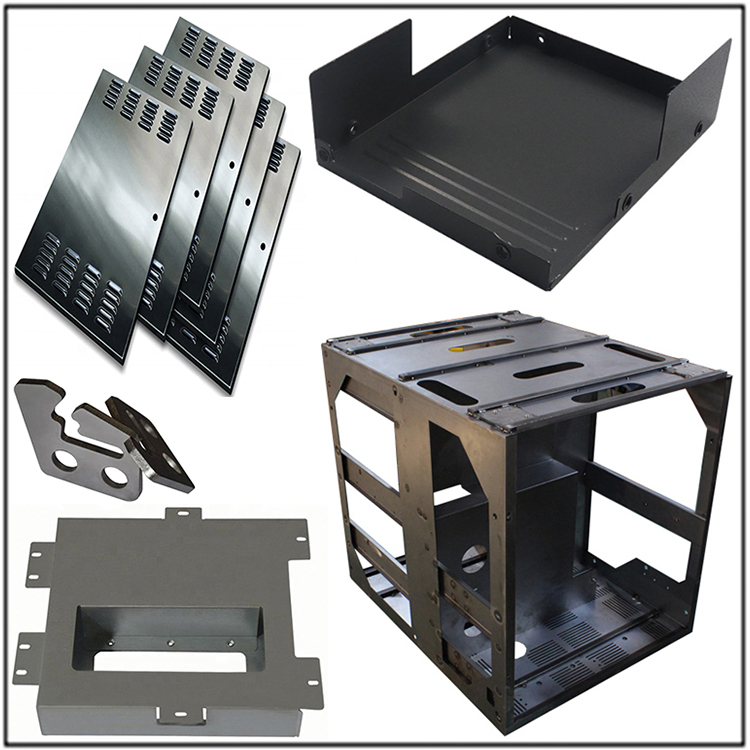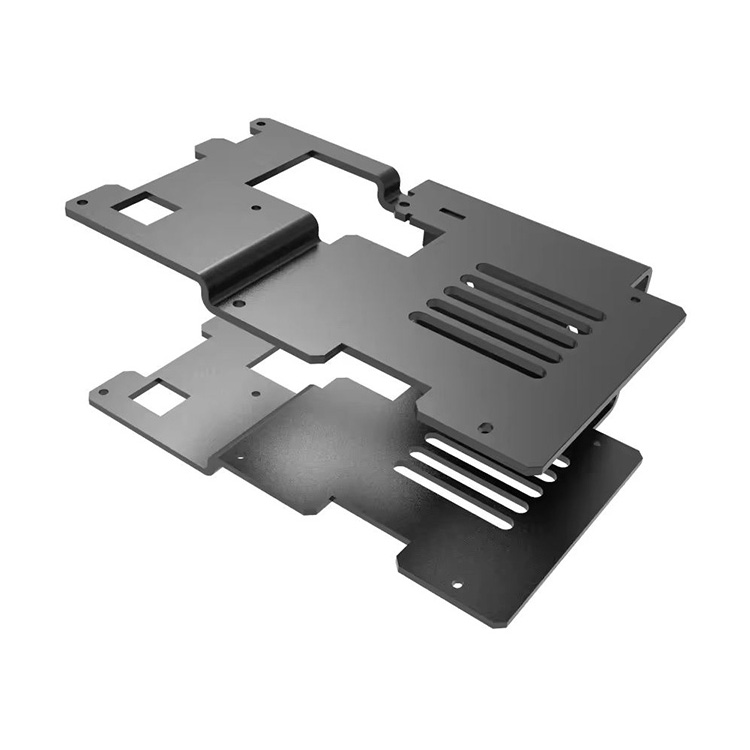
What are the Characteristics of Precision Molds Processing
The focus of precision mold processing is definitely on precision. Compared to ordinary molds, precision molds have very high requirements for dimensional tolerances, usually within+/-0.001. During the production process of precision molds, we must strive for excellence in terms of raw materials, design, processing, precision, dimensions, and other aspects. The processing technology must be high-precision machining and forming technology. For example, the production and processing method commonly used for injection molds is wire cutting, while precision molds are likely to use slow wire cutting.
The main specifications of many precision molds do not allow for slopes, but during mold production, tolerance grades with small slopes are generally flexibly used, such as for installing transmission gears and column heads. Precision molds must consider the operability and controllability of processing when designing drawings to ensure smooth processing.
The main characteristics of precision mold processing are:
1.Complex shapes and surfaces: Some products, such as vehicle covers, airport parts, small toys, electrical products, etc., have a surface composed of different slopes, some of which require mathematical calculations to solve.
2.High precision requirements for processing: A mold is generally composed of a concave mold, a mold seat, and a mold base. Some may also be composed of multiple splicing control modules, and the splicing in the middle of the control modules is required to have high processing precision. The specification accuracy of high-precision molds usually reaches the μ m level.
3.There are multiple manufacturing processes for precision molds: milling, boring, drilling, reaming, and tapping external threads are always used in mold production and processing.
4.Repeated construction and production: The use of molds has a service life. When the application of a mold exceeds its service life, it is necessary to replace the mold with a new one, so the production and manufacturing of the mold usually involves repetition.
5.Small batch size: The production and manufacturing of molds are not large-scale production, and precision mold manufacturing usually only produces one in many cases.
6. Imitation production and processing: Sometimes in mold production and manufacturing, there are neither drawings nor data information, and imitation production and processing must be carried out based on the entity.









